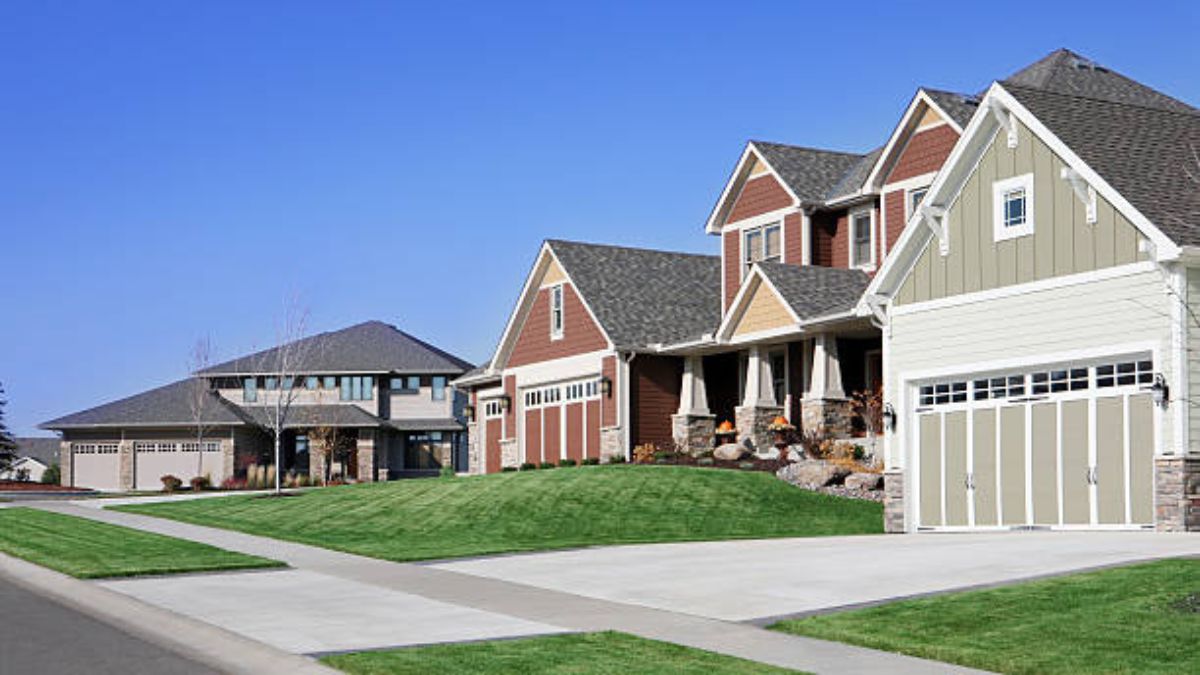The steep rise in U.S. home prices over the past decade has created enormous wealth for homeowners but also sparked new tax concerns. According to the National Association of REALTORS® (NAR), nearly 29 million households are approaching what experts call the “capital gains cliff”—a point where profits from selling a home surpass the IRS exemption thresholds.
Current estimates suggest that 10–15% of home sellers in the coming years could face federal capital gains taxes, a burden many homeowners are unprepared for. With no changes made to the exemption limits since 1997, the gap between soaring home values and outdated thresholds is widening quickly.
How the Capital Gains Tax Works for Homeowners
Capital gains taxes apply when a property is sold for more than its purchase price. If the home was owned for more than 12 months, the profit is taxed at the long-term capital gains rate, which is lower than regular income tax.
These rates depend on filing status and taxable income:
| Filing Status | 0% Rate Income Range | 15% Rate Income Range | 20% Rate Threshold |
|---|---|---|---|
| Single | Up to \$47,025 | \$47,026 – \$518,900 | Over \$518,900 |
| Married Joint | Up to \$94,050 | \$94,051 – \$583,750 | Over \$583,750 |
In addition to federal taxes, many states levy their own capital gains taxes, ranging from 2.5% to over 10%. California has the highest rate at 13.3%, creating heavy tax burdens for sellers in high-cost states.
The IRS Exclusion for Primary Residences
To ease the tax load, the IRS allows exclusions for homeowners selling their primary residence, provided they have lived there for at least two of the last five years.
- Single filers: Up to \$250,000 excluded
- Married couples (joint filing): Up to \$500,000 excluded
The residency years don’t have to be consecutive, and only one spouse must meet the residency rule for married couples. However, with U.S. median home prices reaching \$423,000 in 2025, many sales in expensive cities far exceed these outdated limits.
Who Is Most Likely to Be Affected?
Not every homeowner will face a tax bill, but certain groups are at higher risk:
- Long-term owners in markets like San Francisco, Los Angeles, and New York City
- High-income households taxed at the 20% bracket
- Single or separate filers, who only receive the \$250,000 exemption
- Owners who made few or no improvements, keeping the cost basis low
For these households, even a modest home sale could result in thousands of dollars in taxable profit.
Equity vs. Taxable Profit
It’s important to note that home equity is not the same as taxable gain. Equity is the difference between the market value and the remaining mortgage balance, while taxable profit is the sale price minus adjusted cost basis.
The cost basis includes the purchase price plus qualified home improvements (such as kitchen remodels or new roofs) and selling costs like agent commissions. This means that even a homeowner with \$600,000 in equity might only owe taxes on a much smaller amount once adjustments are factored in.
Strategies to Reduce Liability
Homeowners aren’t powerless against capital gains taxes. Several strategies can reduce liability:
- Filing jointly: Married couples gain access to the full \$500,000 exemption.
- Tracking home improvements: Keeping records of renovations increases the cost basis and lowers taxable profit.
- Timing the sale: Meeting the two-out-of-five-year residency rule is crucial to qualify for exclusions.
- Strategic planning: Consulting with a tax advisor can help optimize sale timing and structure.
These steps can help many sellers avoid falling over the capital gains cliff.
Legislative Outlook
Industry experts and some lawmakers argue that the IRS thresholds set in 1997 are outdated and fail to reflect today’s housing market. At that time, the median U.S. home price was just \$145,000. In 2025, it has nearly tripled to \$423,000, meaning more families are unintentionally caught by the tax.
Proposals include:
- Raising the exclusion limits
- Indexing the thresholds to inflation
- Eliminating capital gains tax for primary residences altogether
Supporters believe reform would boost the housing market and protect middle-class families. Critics argue such moves may mainly benefit wealthier households while cutting government revenue. With no legislative action so far, millions of homeowners remain exposed.
FAQs
1. What is the current IRS exemption for home sales?
Single filers can exclude \$250,000, while married couples filing jointly can exclude \$500,000 of profit from capital gains tax if they meet the residency rule.
2. Why are more homeowners facing capital gains taxes now?
Because home prices have tripled since 1997, many sales in high-cost cities now exceed the outdated exemption thresholds.
3. Does home equity always equal taxable profit?
No. Taxable profit is reduced by eligible home improvements and selling costs, meaning actual liability may be lower than raw equity.
4. How can homeowners reduce their tax liability when selling?
By filing jointly, documenting renovations, and meeting the two-year residency rule, sellers can reduce or avoid capital gains tax.
5. Are lawmakers planning to change the exemption limits?
Some proposals exist to raise or adjust the thresholds, but as of 2025, no changes have been enacted.







